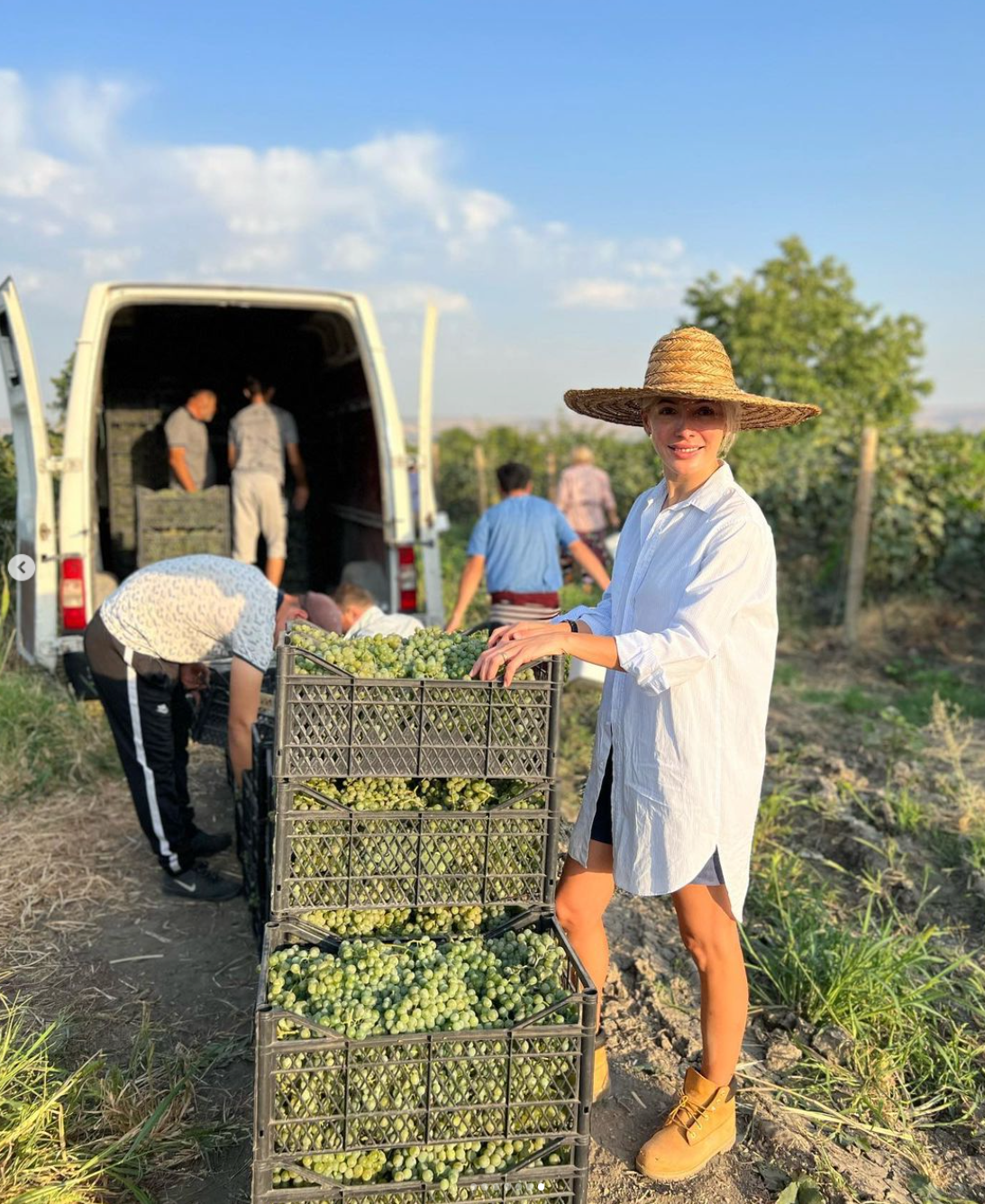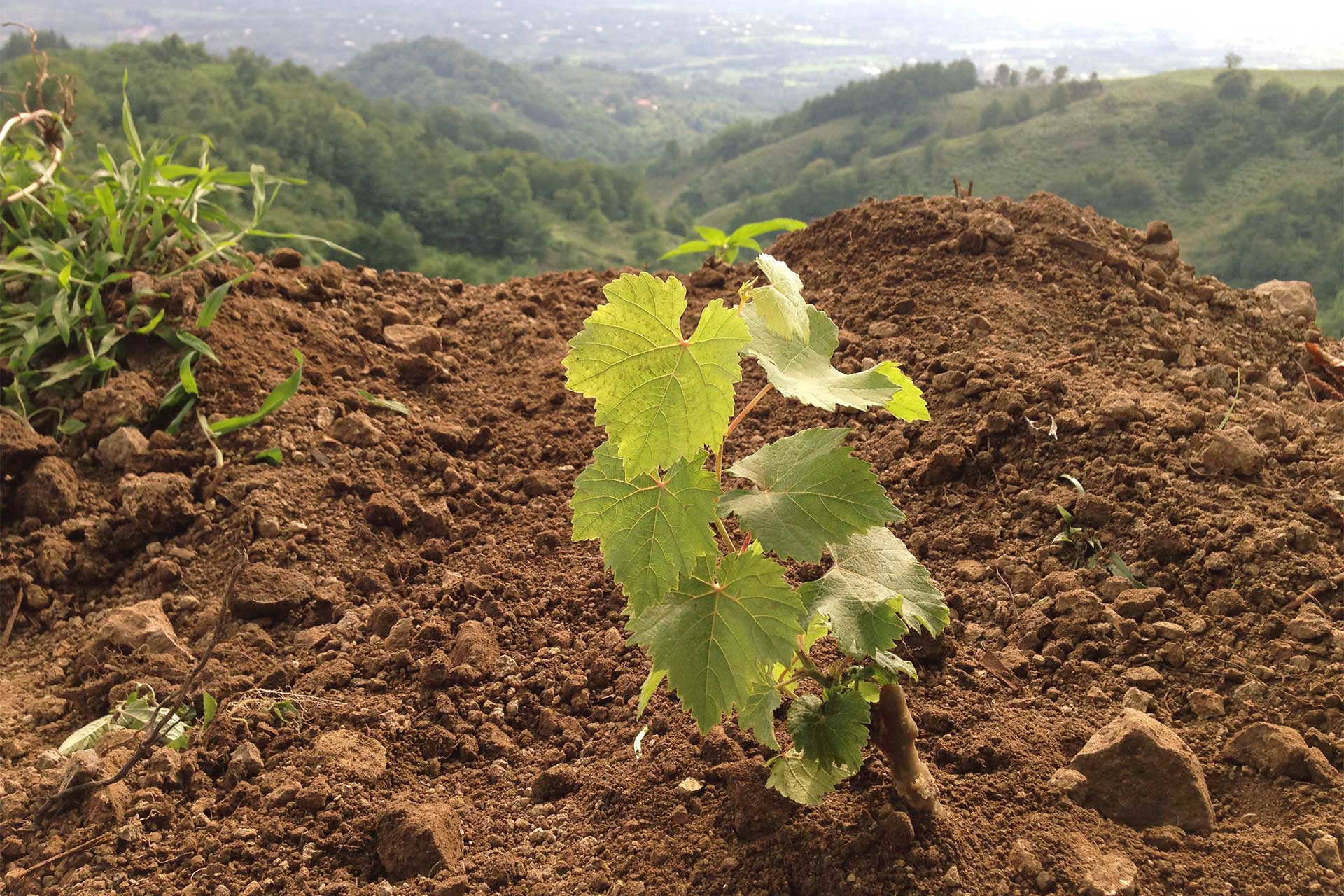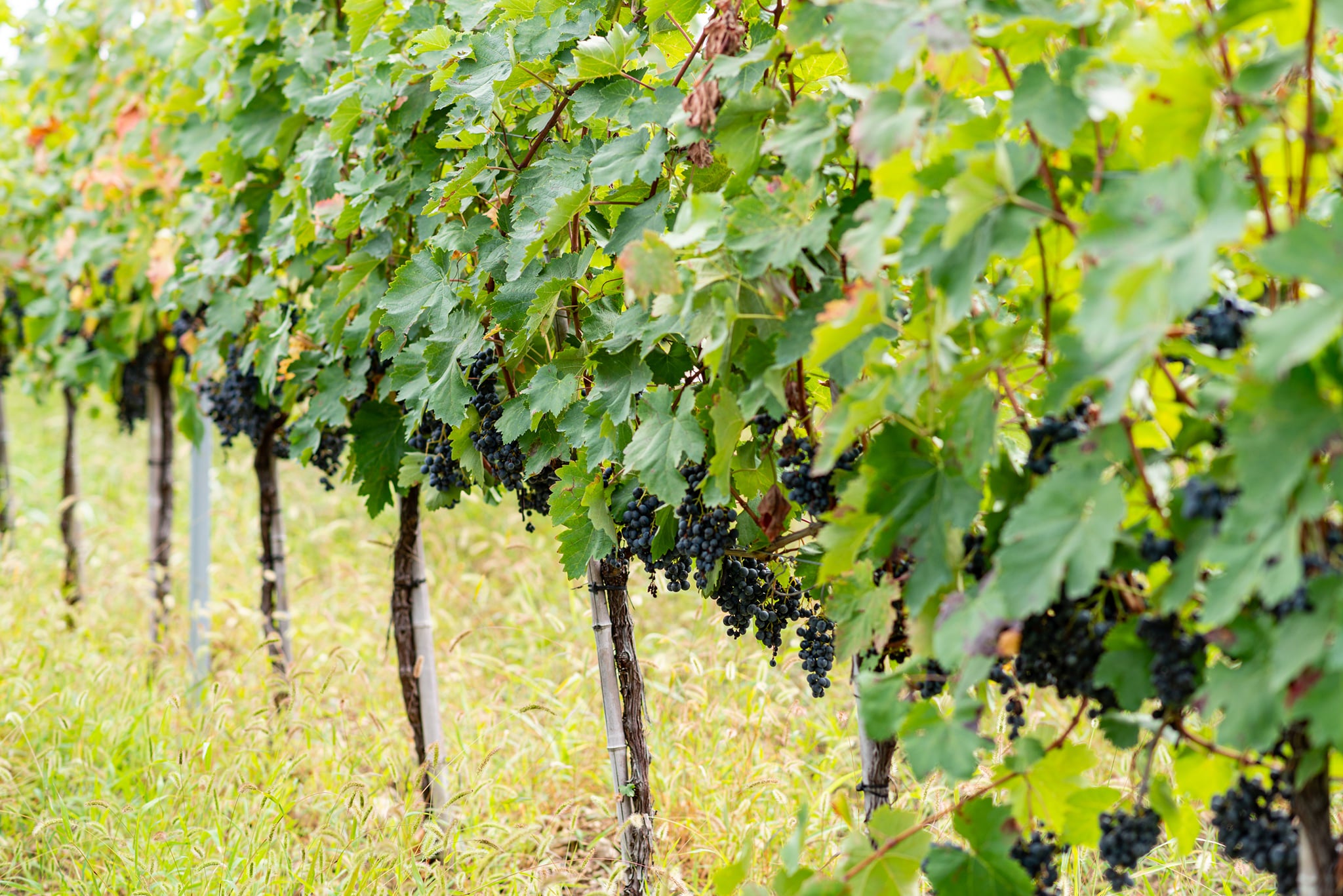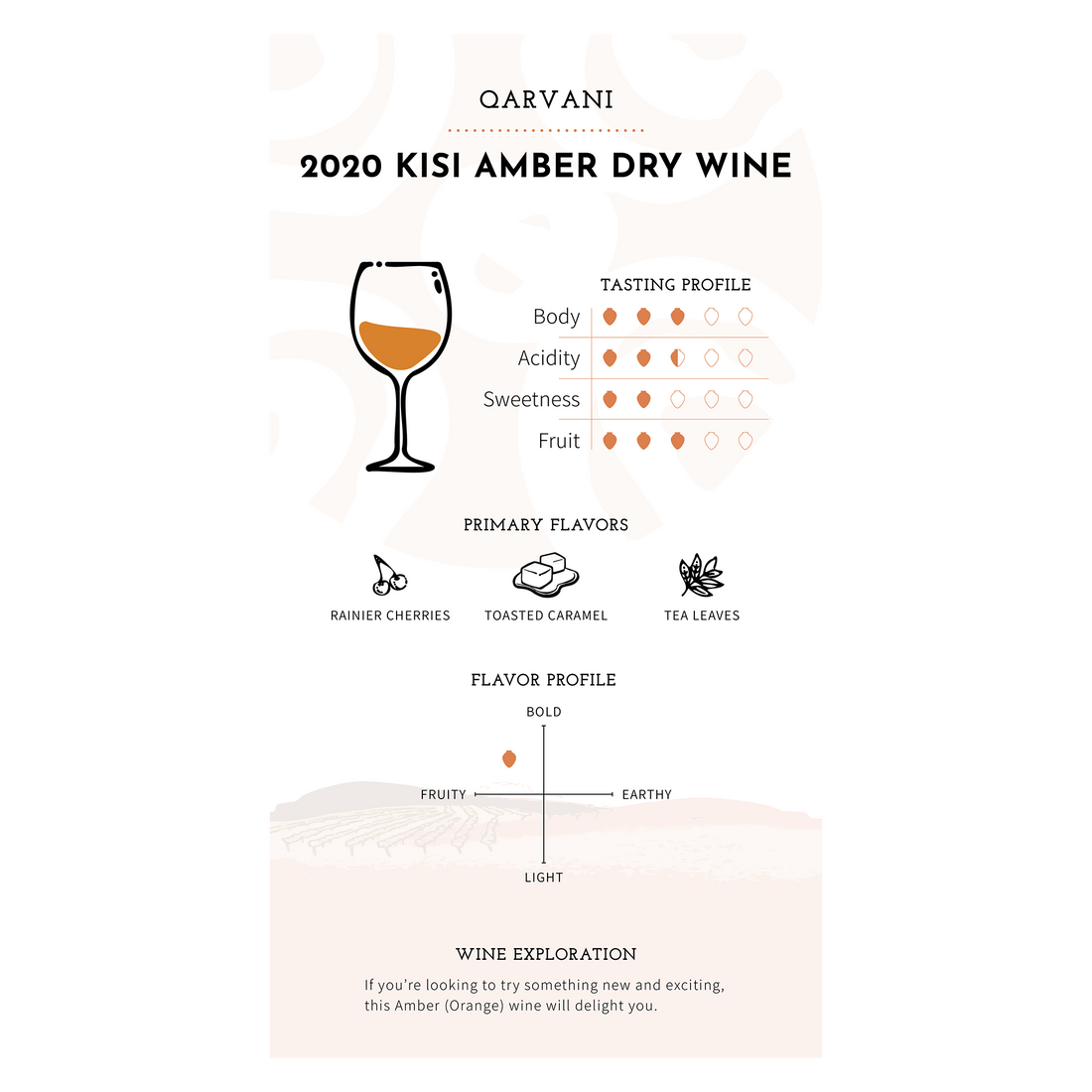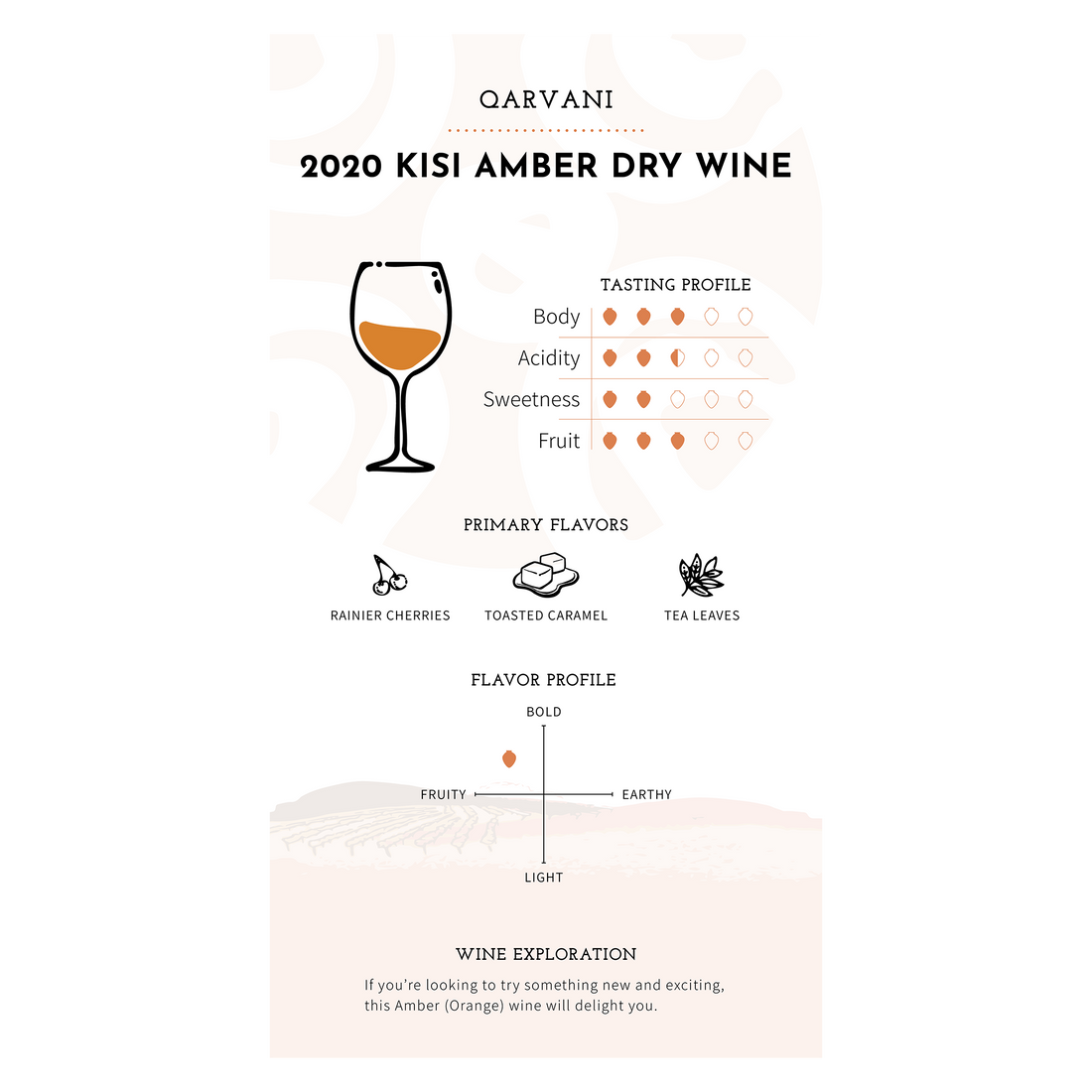Natural winemaking is a funny term. After all, nature itself doesn't build containers of clay or wood, squish grapes into them, or pour the results into bottles...
Still, there's no doubt that our Georgian partners grow and make their wines using some of the most thoughtful, natural, planet- and people-respecting processes on the planet. Some of our wines are made by members of Georgia’s celebrated Natural Wine Association, and all are made by the diligent hands of thoughtful, skilled, intentional, diverse farmers and craftspeople.
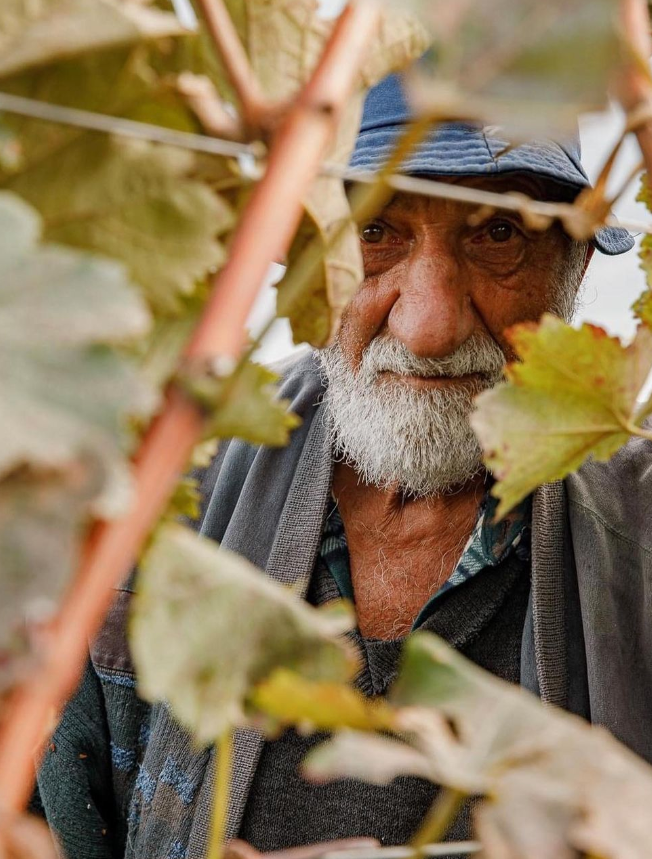
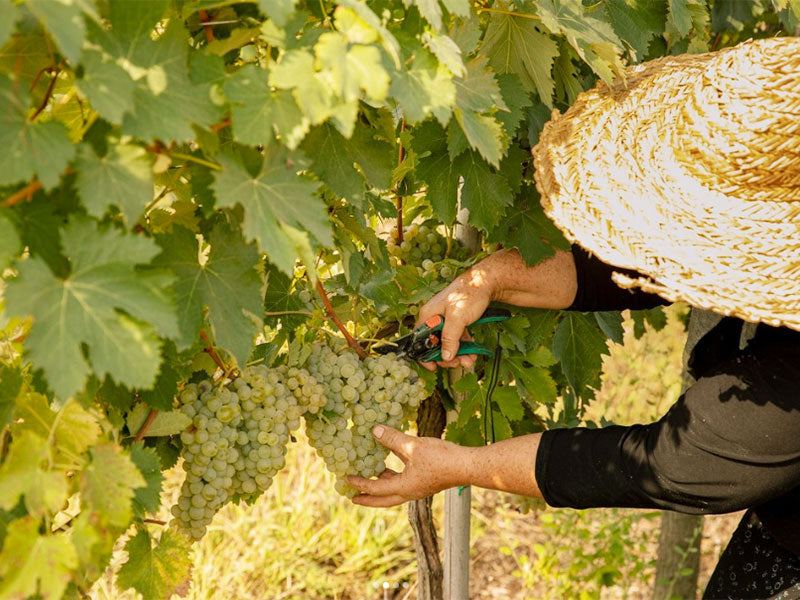


Natural Winemaking Is an Ancient Tradition
Given all the talk about it lately, you might be tempted to think that "natural wine" is just the latest trendy thing. The reality is that what people now call natural is simply the traditional, many-centuries-old way of making wine: no modern machines or manufactured sprays, no fancy gimmicks adorning sleek, showy cellars... just caring for the earth and its fruit by hand, with care and good intuition.
So, natural winemaking, as it turns out, has been the Georgian tradition for 8,000 years. Talk about trendsetting...



